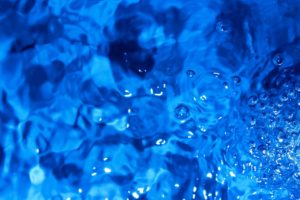pH is the Hydrogen potential of a liquid or dissolution. Its indication is given by a numeric value within a range of 0 to 14, remaining 7 (as a general rule, later we will go deep into this topic) as the given value for a neutral pH. Values with a pH less than 7 are acidic and values greater than pH 7 are alkaline.
THE PH, THAT GREAT STRANGER
I’m sure you’ve ever heard someone say, “the pH, but what is that?” or “meter of what?”, right?
pH is not one of the most exciting topics of growers, but all professionals know that pH must remain between values of 5.5-6.5 because certain elements can only be absorbed by plants in that range. It is therefore understandable that many novice growers can become a real headache.
IMPACT TO DIFFERENT VALUES
Because pH is a logarithmic factor (it does not add up, it multiplies). When the pH decreases on 1 unit the solution becomes 10 times more acidic. When the pH decreases by 2 units the solution becomes 100 times more acidic.
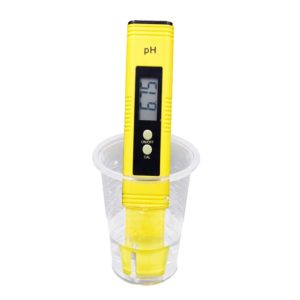
The opposite happens if we increase by 1 unit, the solution becomes 10 times more alkaline and if we increase by 2 units, it becomes 100 times alkaline.
Therefore, the variation of only 1 unit in the pH value can have an unwanted impact on plants and become a real disaster.
As in this example, where the gardener did not want to vary pH levels during the different stages of the plant. It always kept the pH at 5.5 and the result, you can imagine…
A GOOD BASE WATER
If we want to be sure that our plants absorb the most elements and nutrients, the solution is to keep the water in the mixture with a neutral pH. Ideally, start with a pH of 5.5-5.8 in the growth phase and gradually increase it to 6-6.5 in the flowering phase.
To do this, it is advisable to have a good base water and the best method of achieving it is to start with a water that is as pure as possible. The best way to achieve this is through a Reverse Osmosis System as a pre-treatment of water. Which at the same time helps to stabilize the pH of the water.
If we use hydroponic irrigation systems or the like, we must also maintain pH levels in a consistent, stable way.
DIFERENTES PH’s
In addition to measurements in liquids and solutions, measurements can also be made on the skin of animals and humans*, fruits, vegetables, the soil of a crop itself, rainwater, well water, etc.
*The pH value of the skin ranges from 4.5 to 5.9 so the skin’s natural pH is slightly acidic and its optimal value is 5.5. In addition, the pH of the skin varies slightly depending on the age, gender and place of the body (genitals, hands and armpits).
THE PH IN THE WATER
When it comes to the pH in the irrigation water for our plants, we must take into account:
- The PH of the water inlet.
- The PH of the water once the fertilizers are added.
THE PH OF THE INLET WATER
The water we use, normally from the tap, usually comes from the water treatment plants of large cities and towns. Therefore, it is treated with conventional chemicals to adjust an appropriate pH level. This appropriate pH level may vary depending on the time of year and above all, depending on the area in which you live. So, it is advisable that you find out what the initial pH is before mixing the fertilizers since in addition, surely this same water will come with high values of EC.
THE PH OF THE WATER ONCE ADDED THE FERTILIZERS
This is where problems usually come in. On the basis that not all fertilizers have the same pH and that some also have very high (or low) values, it is almost impossible that when mixing them, you acquire the appropriate pH if you do not use some measuring instrument and some regulator.
MEASURING INSTRUMENTS
To control the pH there is no other option than to use a specific tool. To do this, we have different options such as test strips, drop kits or professional meters.
PAPER STRIPS
The pH test strips are made of paper impregnated with a chemical that depending on the pH of the sample with which they make contact, changes to different colors.
Indicator paper strips are used both at the laboratory level and at the particular level, and are even used in clinical laboratories, especially for urine analysis.
PH TEST KIT
PH test kits are very practical and economical. They contain a reagent to measure the pH of the irrigation water and a clear canish where the sample is measured by introducing your water from the growing broth and adding 2 drops of the reactive liquid.
DIGITAL METERS
There are different models of digital pH meters available on the market. With a wide range of prices, all valid and functional. There are also those that perform different functions as well as measure EC and temperature (so-called combos) on a constant basis, mandatory for use when using different hydroponic techniques. For a good use it is essential to follow the advice of each manufacturer for best maintenance.
OTHER METERS
There are other meters on the market to control the pH of the soil. Designed for direct use in the soil are an excellent solution to check the acidity of the substrate that we are going to use for a given crop. If you are one of those who reuses the substrate, this meter cannot be missing among your used tools.
PH REGULATORS
pH regulators are another must-have tool that can’t be missing from your arsenal. They are usually composed of natural products and can be found in different formats such as powder or liquid. They are not very expensive and their efficiency time is almost immediate (some manufacturers claim that in less than 10 seconds).
 |
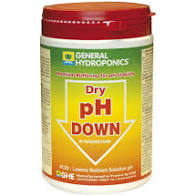 |
If you grow organic make sure that you do not acquire the minerals, it will negatively affect the maintenance of the beneficial microorganisms existing in the soil.
If we want to get quality harvests, a small reminder: controlling the pH of water is as important as controlling EC.

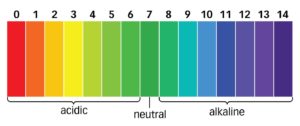

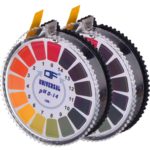
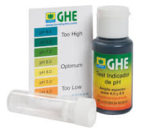


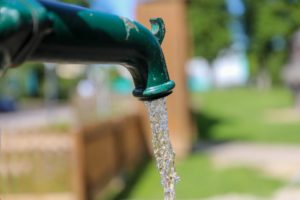

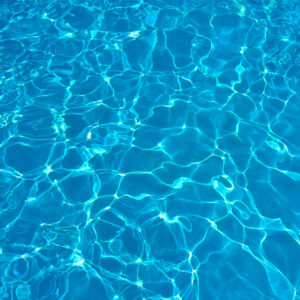
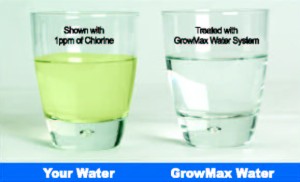
 The water with which we irrigate our plants and apply our nutrients will determine a huge percentage of the final quality of the buds, and not only in terms of size, aroma and properties, but, and this is very important in any product for human consumption, of health. That is, if we want to achieve a healthy and quality end product, we must pay close attention to the quality of irrigation water.
The water with which we irrigate our plants and apply our nutrients will determine a huge percentage of the final quality of the buds, and not only in terms of size, aroma and properties, but, and this is very important in any product for human consumption, of health. That is, if we want to achieve a healthy and quality end product, we must pay close attention to the quality of irrigation water.


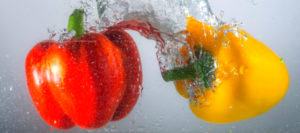

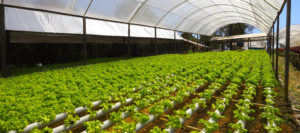

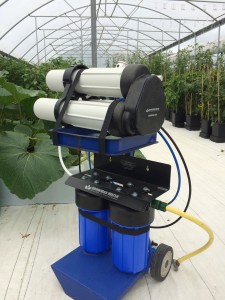 1. Prevent precipitated limescale inside the humidifier’s tank
1. Prevent precipitated limescale inside the humidifier’s tank